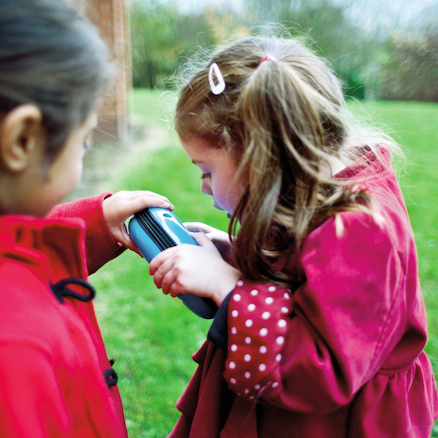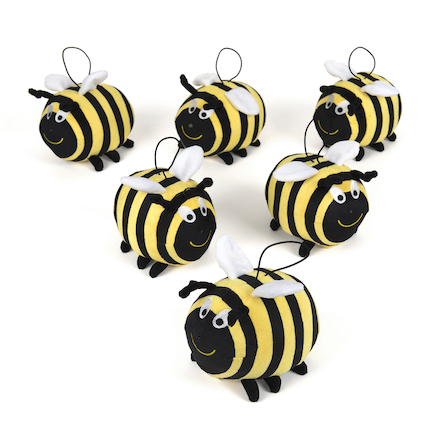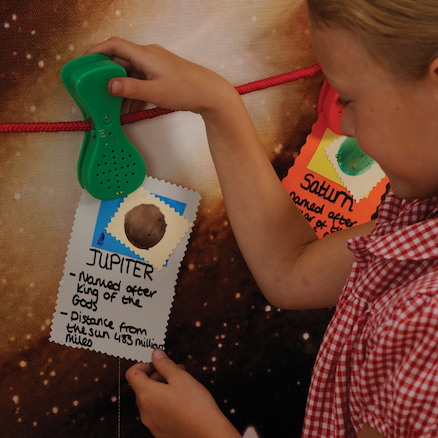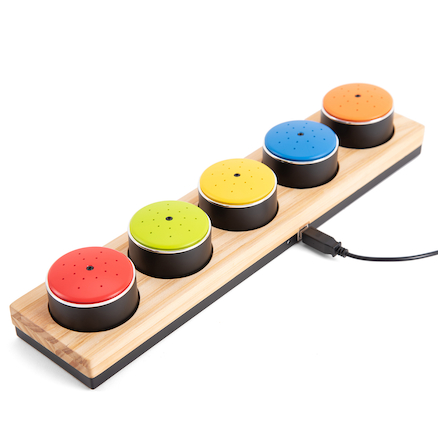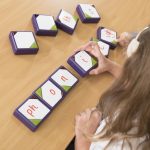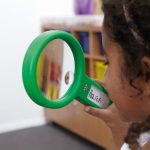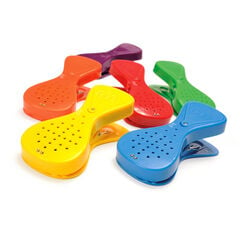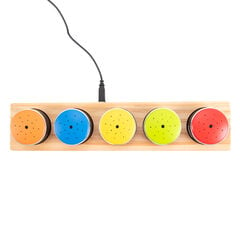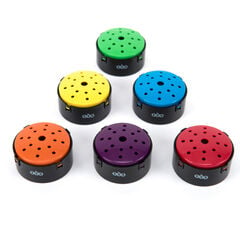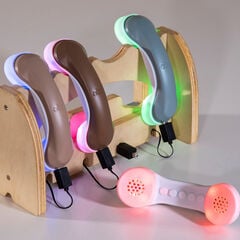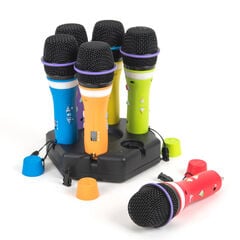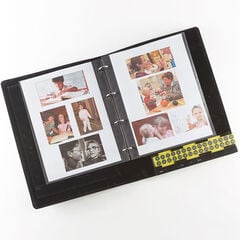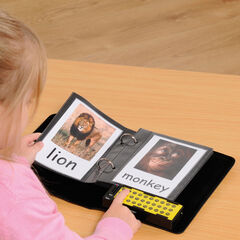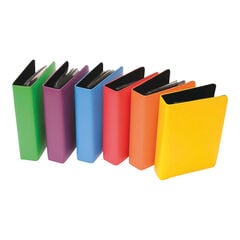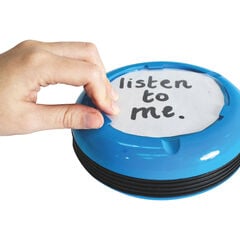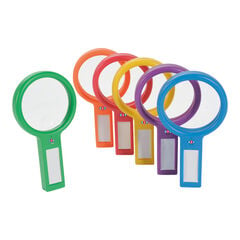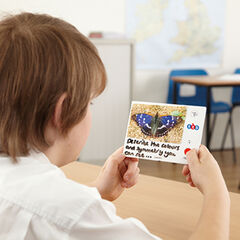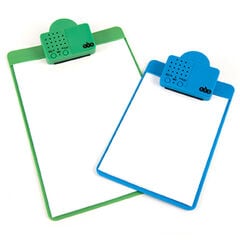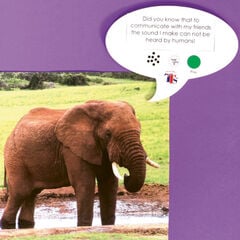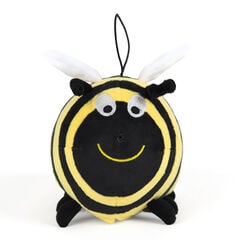Technology to support Communication and Language
See how technology can support communication and language development. Jodie Lopez shares her thoughts and suggests the recordable devices you can use.
Developing Communication
When thinking about language acquisition in the early years, we imagine all of the activities which encourage listening and when developmentally appropriate, speaking. Singing nursery rhymes, discussions during play, practitioners speaking to babies in arms during feeds, encouraging early words and sentences (asking for milk or a snack), describing leaves and things we pick up on a walk, practitioners speaking with each other and modelling conversations, listening activities with instruments and objects, putting music on, asking questions, pointing at objects while talking about them, reading stories…the list goes on and on.
Early Language Skills
Many of these activities come naturally, especially to those who have dedicated their careers to working with children. We know that this is where a great Early Years setting can make a huge and long lasting impact on child development which carries on throughout children’s lives. Early language skills are highly predictive of later success in life and children can have very different skills at a young age. Exposure to language, especially with good modelling, is central to so much work in early years settings.
Encouraging Communication
There is nothing which can replace the importance of a caregiver who speaks to a child and reacts when they start experimenting with sounds and languages themselves. A face lighting up when a child says a first word is a great encouragement which leads to further language acquisition. However, as we know, 1:1 is not possible at all times, but there are lots of creative ways we can continue to offer this motivation and encouragement.
Technology to Support Language
Technology is a great support in providing many different opportunities for linguistic input – both for first language acquisition as well as introducing new languages for children who may have moved or have a different home language. Recordable items such as the Chatter Chums and Talking Pegs are excellent ways to blend technology into the setting and they can be used in a variety of flexible ways.
Chatter Chums
Use Chatter Chums to play a rhyming game finding pairs such as bee and tree. Or use to record words and phrases in a small world setting (a beehive, garden, flower bed) where the children can also learn about bees.
Recordable Talking Pegs
Talking Pegs are perfect for recording phrases. They can be clipped to everyday objects to help with second language acquisition – or part of a game to clip them in order on a string to make a sentence or a word.
Talking Point Premium Recordable Buttons
These recordable buttons are a good way to add some language around your setting – whether all grouped together for a game or dotted around the room so that children find them as they play. These can have one or two recordings added to each button – one activated by pressing the button and one activated by waving your hand over the button or even reaching across it. You could add prompts for children in different areas, a task instruction to complete, or perhaps a question which plays when a child reaches past and then they can press the button for the answer. These can also be used as multi-language support by recording the same word or phrase in two languages.
Socialising with other children is a hugely important element during independent times, and the environment can encourage conversations while children play side by side. Starting to communicate with friends, and being understood, also helps to provide motivation to keep learning more words and phrases. Recordable resources dotted around the learning environment create great conversation starters and encourage children to talk to each other about what they have heard.
The TTS Rechargeable Phone Set
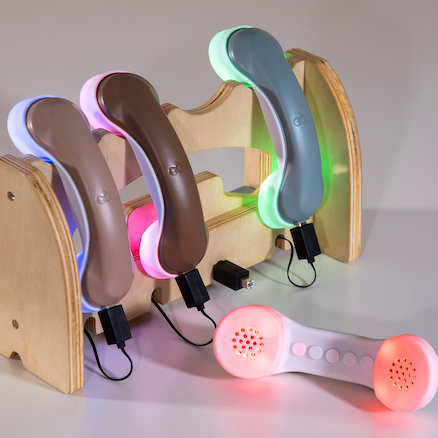 The phone set are terrific for encouraging conversations between children as they talk with friends on each of the other phones. This two-way communication method helps children to mimic what they may see at home or elsewhere, when people speak on the phone, and we know how much children love to pretend to be adults! Great role modelling of language is fantastic but children also thrive in an environment where they feel they can practise language with peers who are at the same level of acquisition as they are. Their initial conversations may be fairly monosyllabic but it is wonderful to see this grow and develop when they have so many tools at their disposal – from chatting about their day, to booking pretend doctors appointments over the ‘phone’!
The phone set are terrific for encouraging conversations between children as they talk with friends on each of the other phones. This two-way communication method helps children to mimic what they may see at home or elsewhere, when people speak on the phone, and we know how much children love to pretend to be adults! Great role modelling of language is fantastic but children also thrive in an environment where they feel they can practise language with peers who are at the same level of acquisition as they are. Their initial conversations may be fairly monosyllabic but it is wonderful to see this grow and develop when they have so many tools at their disposal – from chatting about their day, to booking pretend doctors appointments over the ‘phone’!
Easi-Speak Microphones
When children are getting used to using technology to speak they can also move on to using Easi-Speak Microphones to record themselves talking and singing, and then easily listen back. This is great for giving them a safe way to listen to their own speech and keep improving. They also love being mini rock and pop stars as they record their latest ‘big hit’! There is something about using these microphones which really helps children to become more confident and fluent speakers as they seek to improve on their last recordings – from very early speech sounds right through to making their own adverts just like they hear on the radio or television.
More recordable resources
- Talking Photo Albums
- Outdoor Big Point Recordable Buttons
- Clever Tiles
- Recordable Magnifying Glasses
- See & Speak Recordable Binoculars
- Talk-Time Recordable Postcards and Cards
- TTS Recordable Talking Clipboard
- Talk-time Recordable Speech Bubble
Adding a range of age-appropriate technology to an early years setting is a wonderful way to build on, and supplement, excellent communication and language development activities.
Many thanks to Jodie Lopez for writing this blog for us about how technology supports communication and language development.
Jodie Lopez is an ex-primary school teacher who has won several awards for her use of technology across the curriculum. She moved from full-time teaching into working with education technology companies, to help bridge the gap between school and products/services on offer. As a Teaching Awards judge, she loves to see and hear about all the fantastic work teachers and schools are doing.
You can find Jodie at @jodieworld on Twitter, where she is always happy to answer any questions you have about technology for your school.


